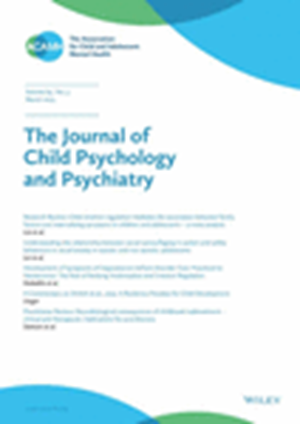Treatments with versus without medication for children with behavioural difficulties in clinical practice: an economic evaluation with observational data
Abstract
Background
Economic evaluations of treatments for children with behavioural difficulties (i.e., characteristics of attention-deficit/hyperactivity disorder (ADHD) and/or oppositional defiant disorder (ODD)) usually rely on data of randomised controlled trials or are model-based. Findings of such studies may not be representative of cost-effectiveness and cost-utility in clinical practice. The current longitudinal study aimed to perform an economic evaluation of treatments for children with hyperactivity, impulsive behaviours, inattention, and/or behavioural difficulties using observational data that were obtained in clinical practice.
Methods
Parents of 209 children (aged 5–12) who were referred to 1 of 10 Dutch youth mental healthcare institutions and who received treatment with (n = 108) or without (n = 101) the use of medication, filled out questionnaires at three timepoints (baseline, and ~ 6 and ~12 months later). Propensity score matching was used to make both groups comparable. Outcomes included quality-adjusted life years (QALYs), ADHD and ODD symptom severity, and impairment. Costs were measured from a societal perspective. Incremental cost-effectiveness ratios (ICERs) were estimated, and cost-effectiveness acceptability curves (CEACs) were derived to show uncertainty around the ICER.
Results
Results did not show statistically significant differences in costs and effects between children who were treated with medication (alone or in combination with non-medication treatment) and those who were treated without medication. CEAC suggested that medication treatment has a 55% probability of being cost-effective at the €80,000 threshold and 36% at the €20,000 threshold compared with treatment without medication.
Conclusions
Using observational data, our study did not provide clear evidence of the cost-effectiveness and cost-utility of treatment with medication compared with treatment without medication in clinical practice.


 求助内容:
求助内容: 应助结果提醒方式:
应助结果提醒方式:


